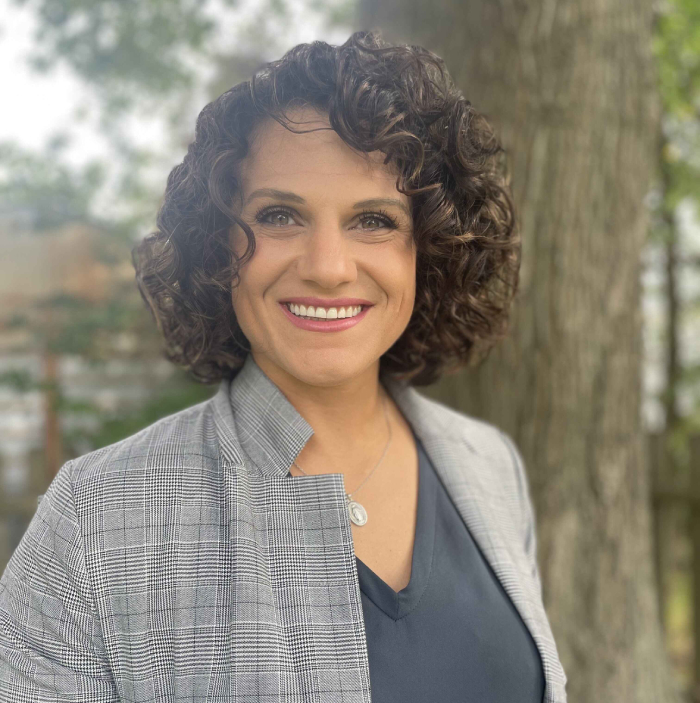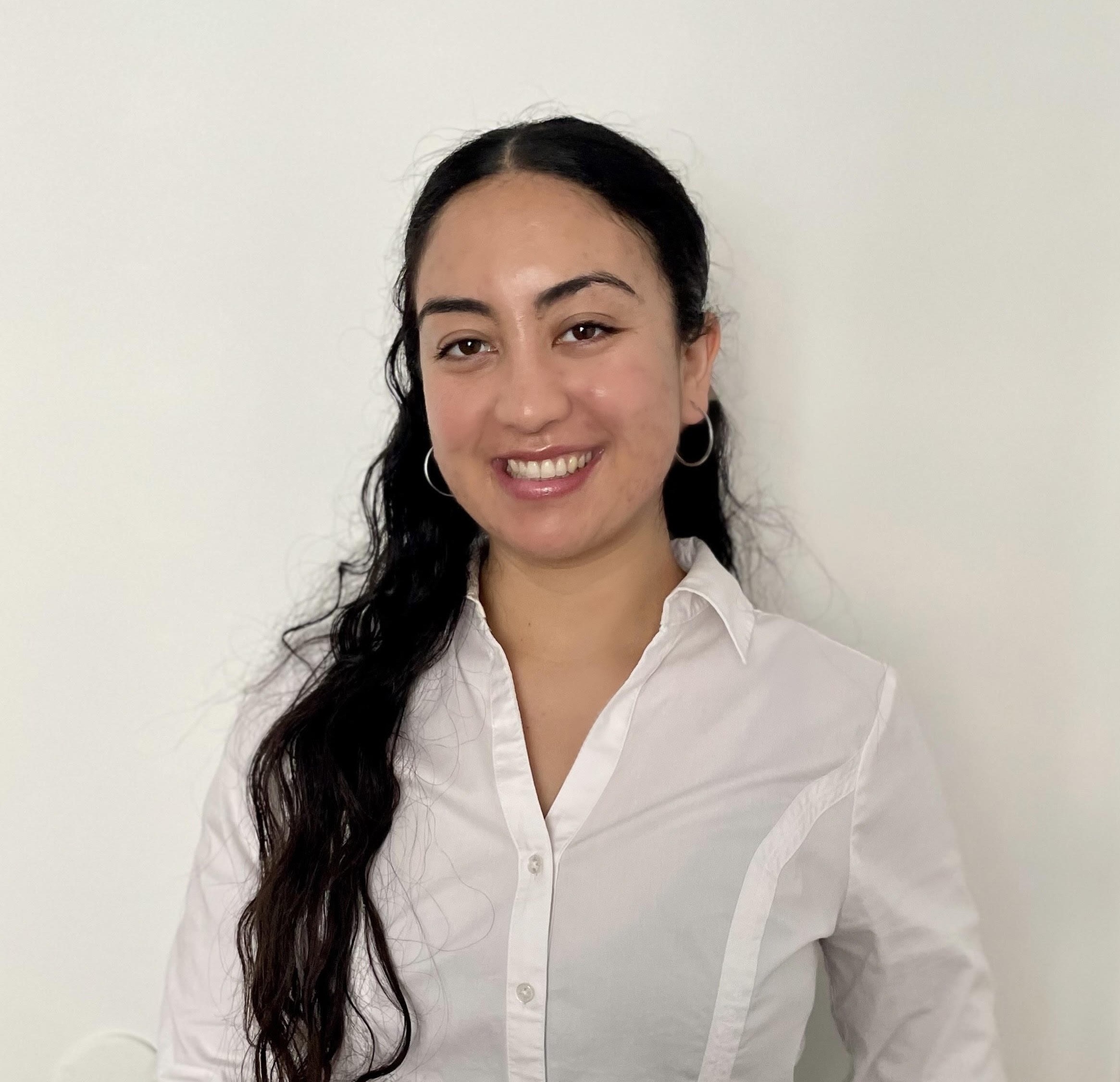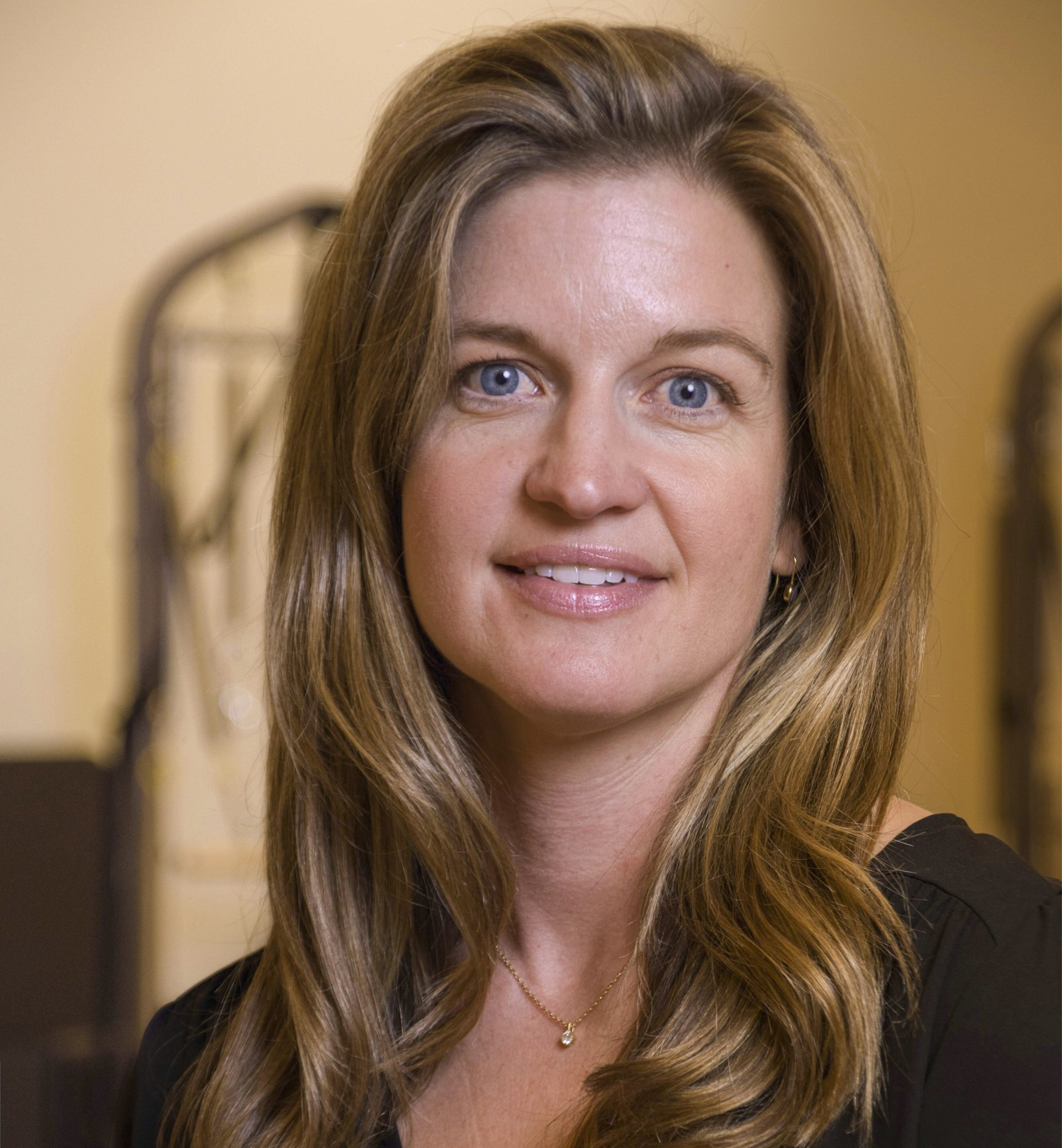
Dr. Brooke Winner
Dr. Brooke Winner
Brooke Winner – Endometriosis Specialist
Summary: Dr Brooke Winner is a compassionate and highly skilled endometriosis specialist based in Seattle, Washington. With a deep belief in the embryologic origin theory of endometriosis, Dr Brooke Winner approaches care with the understanding that many patients are born with misplaced endometrial cells, explaining why symptoms often begin with the first period. She specializes in excision surgery, providing targeted and effective treatment tailored to each individual’s needs.
Dr Brooke Winner works closely with patients to explore hormone therapy options when appropriate, always prioritizing shared decision-making. She typically avoids treatments like Lupron or Orlissa due to potential side effects, but respects that they may benefit some patients. Her approach to persistent pain after surgery is holistic and multidisciplinary, incorporating pelvic floor therapy, acupuncture, nutrition, and mental health support. Patients appreciate her thoughtful, personalized care and commitment to long-term wellness.
City: Seattle, Washington, USA
Philosophy of Endometriosis Care: I believe in the embryologic origin theory, which basically says you are born with the endometriosis cells in the wrong place. This would explain why so many endometriosis patients say that their periods have been terrible ever since they started.
What type of surgery do you perform for endometriosis: Excision
Medication: Some patients respond well to hormone therapy, and others do not. There is no “one size fits all” approach. We will discuss the options available, the pros and cons given your unique situation, and ultimately the decision is up to you. We typically do not use Lupron or Orlissa to treat endometriosis due to significant side effects, although there are some patients who have found these medications helpful as well.
Approach to Persistent Pain After Surgery: The persistence of symptoms postoperatively is multifaceted and requires a multidisciplinary approach. One common issue is pelvic floor muscle spasms, in which case pelvic floor physical therapy can be helpful. Vaginal suppositories, acupuncture, massage, nutrition and mental health counseling can all be beneficial as well.
Website: https://www.fullspectrumgyn.com/
Instagram: https://www.instagram.com/dr.brookewinner/

Jillian Lipari, PT, DPT
Jillian Lipari, PT, DPT, CSCS, PCES, Cert-DN
City: Bedminster, NJ, USA
Visit types: Office/Hospital
Spoken languages: English
Interpreting services for other languages: No
I believe deeply in trauma-informed care that allows the session to be led by the patient’s specific needs. While no two sessions look the same, I often utilize visceral mobilizations, dry needling, breathing for CNS down-regulation, jaw and cranial mobilizations, soft tissue release, internal myofascial release, and somatic release movement techniques. I also consistently educate on the brain’s fear response, more often related to trauma, albeit medical or otherwise. Most of my sessions are focused on creating a therapeutic alliance with my patients to develop the plan of care they need. I always correspond with other members of their medical team and assist my clients in finding the necessary qualified professionals to aid in their care.

Dr. Gina Ranieri
Dr. Gina Ranieri
Gina Ranieri – Endometriosis Specialist
Summary: Dr Gina Ranieri is an experienced endometriosis specialist based in Princeton, New Jersey. Gina Ranieri’s approach to endometriosis care is rooted in the belief that the condition often originates during embryologic development, involving coelomic metaplasia or embryonic cell remnants. This perspective helps explain endometriosis in patients without menstruation and in unusual locations. Dr Gina Ranieri performs precise excision surgery to remove endometriosis lesions while prioritizing patient well-being. For those not pursuing surgery or to prevent recurrence, she prescribes hormonal treatments such as the levonorgestrel IUD and combined oral contraceptives. Post-surgery, Gina Ranieri carefully evaluates persistent pain by considering other causes, referring patients to pelvic floor physical therapy, and administering trigger point or Botox injections. She also uses non-opioid pain medications and advanced imaging to guide further treatment, always focusing on personalized, compassionate care.
City: Princeton, New Jersey, USA
Philosophy of Endometriosis Care: The theory of endometriosis that I believe makes the most sense is that endometriosis likely originates during embryologic development either through coelomic metaplasia or embryonic cell remnants. This explains how endometriosis can be seen in non-menstruating patients and areas outside the abdominopelvic cavity.
What type of surgery do you perform for endometriosis: Excision
Medication: I will use hormonal medications such as the levonorgestrel IUD, combined oral contraceptive pills, Depo-Provera, or norethindrone for patients who are not interested in surgical treatment or to prevent recurrence after surgical excision in select patients.
Approach to Persistent Pain After Surgery: For patients who have undergone complete surgical excision of endometriosis and continue to report symptoms, I will often explore other pain generators. I do refer patients to pelvic floor physical therapy and perform pelvic floor trigger point and Botox injections, as well as abdominal wall injections to treat myofascial pain. I will also prescribe non-opioid, centrally acting pain medications for patients with very challenging-to-treat pain. If I suspect that the patient’s endometriosis has returned, I will often order imaging in the form of an MRI and potentially offer repeat surgery in appropriate and select patients.

Abigail Daunis, PT, DPT
Abigail Daunis, PT, DPT
City: Nashville, TN, USA
Visit types: Office/Hospital/At Home; Virtual
Spoken languages: English
Interpreting services for other languages: No
My philosophy of care is to listen to the patient and what they are hoping to get out of PT. Typical treatment strategies include manual therapy, internal vaginal exams and muscle release if indicated, patient education, dry needling, therapeutic exercise Rx and cupping if indicated.

Jill Cramp, PT, DPT
Jill Cramp, PT, DPT
City: Poland, ME, USA
Visit types: Office
Spoken languages: English
Interpreting services for other languages: Yes
Endometriosis is a complex diagnosis that often goes untreated/undiagnosed for years. My initial approach to working with a patient with endometriosis is to listen. I find many patients have a history of being gas-lit by medical professionals, and I seek to provide a safe, trauma-informed space where symptoms are validated and patients feel comfortable talking. I specialize in treating bladder, bowel, and sexual symptoms. Typical treatment varies depending on symptoms but may include breath work, visceral mobilization, abdominopelvic myofascial mobilization, stretches and strengthening exercises, dry needling, etc. Exercise is an important part of decreasing inflammation in the body; therefore, exercise, strength, and education are critical parts of therapy intervention.

Kelly Djernes, PT, DPT
Kelly Djernes, PT, DPT
City: Omaha, NE, USA
Visit types: Office/Hospital
Spoken languages: English
Interpreting services for other languages: No
I believe in treating the patient as a whole person and working with my patients to develop care plans that address as many affected systems as possible. I use a combination of therapeutic movements, neuromuscular re-education, manual therapies (including cupping, myofascial release, dry needling, and visceral mobilization), and self-care strategies to minimize pain and optimize function. I strive to provide accurate information in a supportive environment, aiding my patients in decision-making so they receive the most effective treatments.

Kristen Munoz, PT, DPT
Kristen Munoz, PT, DPT
City: New York, NY, USA
Visit types: Office/Hospital
Spoken languages: English and Spanish
Interpreting services for other languages: No
As a healthcare practitioner, I approach patient care through a philosophical lens that emphasizes the interconnectedness of the whole body system. I integrate yoga strategies to enhance flexibility as well as reduce pain, Pilates for pelvic girdle stability, and visceral and soft tissue mobilization techniques to alleviate pain and improve function. Additionally, I employ strategies to improve bladder and bowel function through targeted exercises and lifestyle modifications, emphasizing stress reduction techniques to support overall well-being. This comprehensive, patient-centered approach fosters a balanced, harmonious state of health and empowers patients to actively participate in their healing journey.

Rachel Clark, PT, DPT, MPH
Rachel Clark, PT, DPT, MPH
City: East Aurora, NY, USA
Visit types: Office/Hospital
Spoken languages: English
Interpreting services for other languages: No
As a physical therapist practicing for 20 years in orthopedics and 9 years in pelvic health, I treat with a variety of treatment strategies that are patient-specific. I currently co-own Sana Physical Therapy, where treatment and evaluation are an hour in length and one-on-one with the physical therapist, never using aides or assistants to provide care. I take a holistic approach to treatment, and as both an orthopedic and pelvic health specialist, I utilize my expertise by examining the whole body pertaining to pain and movement dysfunction. I perform manual therapy, soft tissue and myofascial release techniques, and joint mobilizations as necessary. I perform pelvic floor physical therapy for both bladder and bowel dysfunction associated with endometriosis, I am trained to perform internal manual therapy treatment and assessment to address adhesions and restrictions within the pelvic floor. I use down-training and up-training principles along with neuromuscular education and pain science education. I employ exercise prescriptions for my patients needing to regain ROM, improve tissue mobility, and decrease restrictions and adhesions. I spend a long time educating each of my patients on their physical therapy plan of care, home exercise program, and pain and symptom management techniques. I work alongside 2 additional pelvic floor physical therapists, and we collaborate with case management and provide monthly in-service and clinical skill enhancement workshops. We also treat male pelvic floor disorders at our clinic. We have a strong referral source and collaboration from the local physician community treating patients with endometriosis, and we also have an RDN working at our clinic.
I am also yoga and Pilates certified and employ Pilates-based rehabilitation principles as necessary, with patients benefiting from this type of movement-based training and care.

Brynn Patterson, PT, DPT
Brynn Patterson, PT, DPT
City: East Aurora, NY
Visit types: Office/Hospital
Spoken languages: English
Interpreting services for other languages: Yes
Dr. Patterson received her Doctor of Physical Therapy degree from the State University of New York at Buffalo in 2004. She has 20 years of expertise in the PT field, including specialized training in Pelvic health through the prestigious Herman & Wallace Institute. Dr. Patterson is co-founder of Sana Physical Therapy, where she provides orthopedic and pelvic health PT.
Dr. Patterson is passionate about providing the highest level of care to all her patients, especially those with endometriosis. She provides personalized, one-hour-long treatment sessions without the use of aids or PT assistants. She uses several strategies for alleviating pain and reducing inflammation by providing manual therapy to address adhesions and restrictions in soft tissue in both the abdomen and pelvic floor, including visceral mobilization and myofascial release. She provides therapeutic exercises to promote full ROM and strength in the pelvic floor muscles, including relaxation and stretches to down-train areas as appropriate. She educates patients on self-care, symptom management, and how to advocate for their medical care. She refers patients to the appropriate health professionals, i.e.,. Nutritionists, specialized OB-gyn and provide appropriate pre- and post-op care as necessary.

Erika Darbro, PT, DPT, PRPC
Erika Darbro, PT, DPT, PRPC
City: Chicago, IL, USA
Visit types: Office/Hospital
Spoken languages: English
Interpreting services for other languages: No
I take a holistic approach to treating patients with endometriosis. I start with education and provide resources for patients to understand their condition better. I use a variety of hands-on methods, such as visceral manipulation, myofascial release externally and internally as appropriate, therapeutic cupping, dry needling, vagus nerve upregulation, yoga-based stretching, and mobility.

Dr. Sadikah Behbehani
Dr. Sadikah Behbehani,
Sadikah Behbehani – Endometriosis Specialist
Summary: Dr Sadikah Behbehani is a dedicated endometriosis specialist based in Costa Mesa, California, known for her compassionate and expert care. Dr Sadikah Behbehani focuses on thorough endometriosis excision surgery to remove the disease at its roots while prioritizing fertility preservation. Dr Behbehani carefully removes endometriosis from critical areas such as the fallopian tubes, ovaries, bowel, bladder, and diaphragm, aiming to minimize damage and support patients’ reproductive health. She emphasizes understanding the embryologic origins of endometriosis to provide personalized treatment. After surgery, Dr Sadikah Behbehani recommends medication only when necessary, such as muscle relaxants or nerve pain treatments, avoiding narcotics entirely. For persistent pain, Dr Behbehani adopts a multidisciplinary approach, coordinating with specialists in pain management, physical therapy, and gastroenterology, while closely monitoring each patient’s recovery with ongoing care every few months. Her patient-centered philosophy ensures compassionate, tailored support for lasting relief.
City: Costa Mesa, California
Philosophy of Endometriosis Care: It doesn’t matter where it came from; what matters is that it’s removed. Endometriosis, like cancer, can spread via multiple channels. Also, pleuripotent stem cells in the pleura and peritoneum can lead to its development. Most endometriosis patients are born with these cells that differentiate into endometriosis with hormone stimulation. It’s nothing that women did that led to their development. We have to understand embryologic origin to understand endometriosis growth because endometriosis can be associated with congenital anomalies in the genitourinary and reproductive organs.
What type of surgery do you perform for endometriosis: I perform endometriosis excision surgery to remove the endo from its roots, but I also focus on preserving fertility. I remove endometriosis from around the fallopian tubes and ovaries routinely. My surgical strategies focus on minimizing damage to the ovaries to help preserve ovarian reserve and help with future fertility. I also perform tubal surgery when necessary. It’s important to appropriately excise the disease while minimizing damage to reproductive organs. I also excise endometriosis from the bowel, bladder, and diaphragm and perform an appendectomy when necessary.
Medication: I only recommend medication after surgery after we’ve ensured that all endometriosis has been appropriately excised. For bladder or muscular spasms, I prescribe cyclobenzaprine. For nerve pain, I prescribe gabapentin. I have a good referral team and, when necessary, will refer to pain management to take care of residual pain from endometriosis nerve, and muscle damage. I never prescribe narcotics, and I don’t send my patients to anyone who will.
Approach to Persistent Pain After Surgery: I work with them until their pain reaches a tolerable level. I refer them to specialists as needed (pain management, GI, PT), but I continue to oversee their treatment plan with visits q3-6 months.

Dr. Fadel Azer
Dr. Fadel Azer
Dr Fadel Azer – Endometriosis Specialist
Summary: Dr Fadel Azer is a dedicated endometriosis specialist based in Lisle, IL, who offers compassionate, personalized care tailored to each patient’s unique needs. Dr Fadel understands the complex and multifactorial nature of endometriosis, including genetic, hormonal, immune, and environmental factors. As doctor Azer explains, deep endometriosis requires a thoughtful approach beyond conventional theories. Dr Fadel specializes in excision surgery combined with customized hormonal treatments such as Mirena IUD, oral contraceptives, and Depo-Provera to effectively manage symptoms and improve quality of life.
Dr Azer carefully evaluates persistent pain after surgery through a multidisciplinary team approach, working with pelvic pain specialists, physical therapists, and behavioral therapists. His commitment to thorough preoperative assessment and personalized postoperative care supports long-term relief and patient well-being. Patients looking for expert care in Lisle can trust Dr Fadel Azer for comprehensive, empathetic treatment of endometriosis.
City: Lisle, IL, USA
Philosophy of Endometriosis Care: I believe that the etiology of endometriosis is complex and multifactorial involving genetic, hormonal, immune, and environmental components. For most patients, I find a positive family history of the disease or one of its symptoms. While retrograde menstruation may initiate superficial endometriosis, deep endometriosis appears to have different mechanisms. Unlike superficial lesions, deep nodular lesions are not typically shed during menstruation, suggesting alternative theories such as coelomic metaplasia, induction of cellular transformation, and the embryonic remnant theory may better explain their origin. Genetic, hormonal, and environmental influences also contribute to the progression of both superficial and deep
What type of surgery do you perform for endometriosis?: Excision
Medication: Given the unique circumstances of each patient, I customize my treatment strategy accordingly. I offer a range of hormonal contraceptive options, including the Mirena IUD, oral contraceptive pills (OCPs), and Depo-Provera. Medications are provided before, during (such as inserting a Mirena or Kyleena IUD post-excision surgery while the patient is still under anesthesia, particularly for younger patients or those aiming for fertility), and after surgery. While I typically refrain from routinely suggesting GnRH agonists or antagonists, I may contemplate their use in certain instances, particularly for addressing persistent postoperative pain.
Approach to Persistent Pain After Surgery: Preparation for managing postoperative persistent pain begins during preoperative consultations. I conduct thorough assessments, including detailed medical histories and comprehensive physical exams, along with pelvic pain evaluations to explore potential conditions like spastic pelvic floor syndrome, interstitial cystitis, and irritable bowel syndrome. When central sensitization is suspected, I collaborate with a team comprising pelvic floor physical therapists, pelvic pain specialists, sex therapists, and behavioral therapists. I prescribe muscle relaxants to address pelvic floor spasms and provide treatment for interstitial cystitis or IBS through medications and lifestyle adjustments. In cases of suspected central sensitization, SSRIs may be prescribed. Additionally, I may consider GnRH agonists or antagonists for persistent postoperative pain management in specific scenarios.

